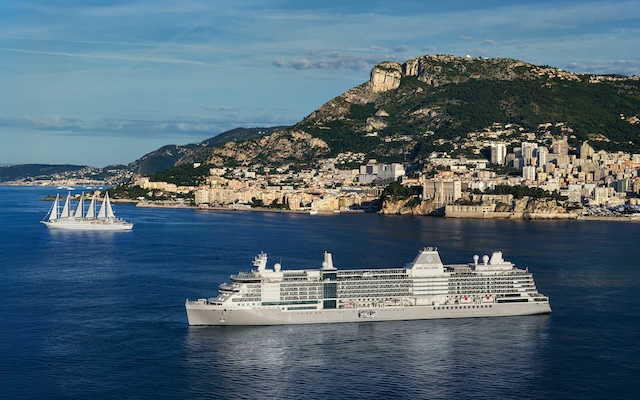TOP officials at Clark International Airport Corporation (CIAC) have indicated their willingness to twin Clark International Airport with Ninoy Aquino International Airport (NAIA), a system representing one possible solution to address critical congestion at the latter.
In a statement, CIAC president and CEO, Victor Luciano, said: “We support the development of a twin-airport system that is the overall development of both Clark airport and NAIA. Both airports will have a symbiotic relationship that will be beneficial to the travelling public.”
CIAC adviser Benjamin Solis noted at last month’s Clark Aviation Conference that a twin-airport system made sense in addressing capacity issues. NAIA would serve as the “catchment” for traffic to south Metro Manila and the regions in southern Luzon, while Clark would handle traffic to north Manila and northern Luzon.
AirAsia Group CEO, Tony Fernandes, whose LCC Philippines AirAsia is based at Clark, has also thrown his weight behind the twin-airport system.
“Clark has a very big future…In the end, Clark will be one of the main hubs,” he said. “In Japan, it’s very clear. You have Haneda – which is like NAIA – and you have Narita, which is much farther away, but Narita is the main airport.”
Transportation and communication secretary, Emilio Abaya, is expected to make a formal recommendation on whether to adopt a single or twin airport international gateway system soon, to be submitted directly to Philippine president Benigno Aquino III.
Clark has grown in importance as a gateway, welcoming slightly over one million international passengers in 2012 or 39.7 per cent more arrivals than in 2011. The Department of Tourism (DoT) expects Clark to bring in 1.7 million foreign arrivals by 2016 – 17.2 per cent of the country’s total, making the airport Philippines’ third largest for international arrivals, said DoT undersecretary Danny Corpuz.
CIAC has submitted plans for a new gateway terminal, budget terminal and additional navigational equipment to the Department of Transportation and Communication, which upon completion will expand the airport’s capacity to 2.5 million visitors annually.


















